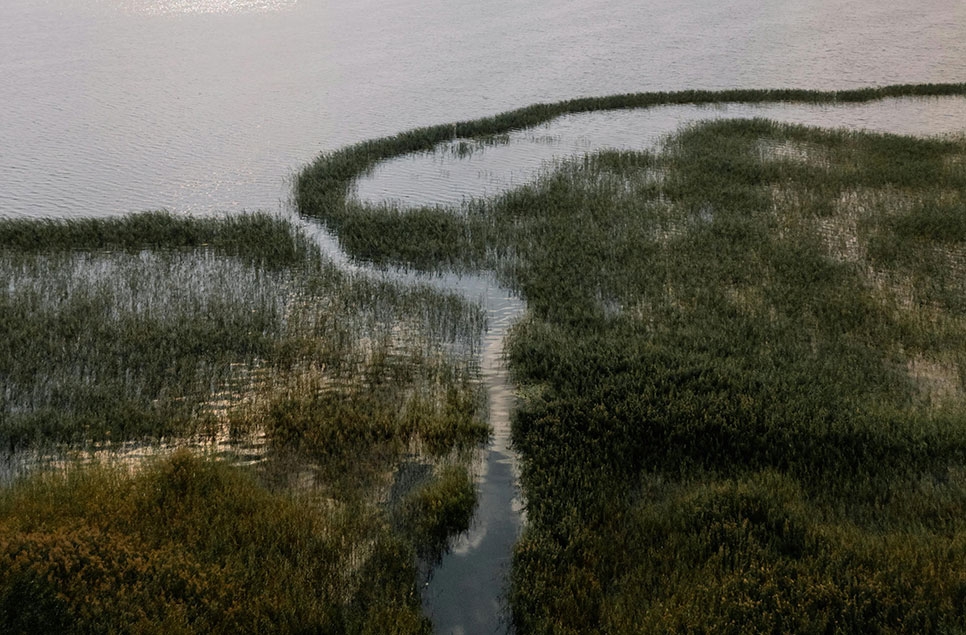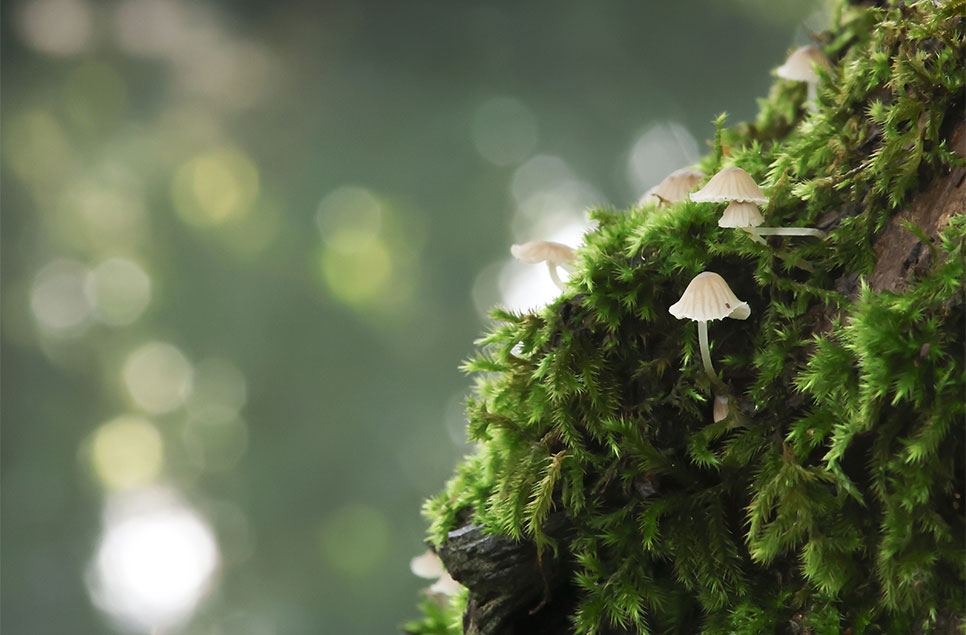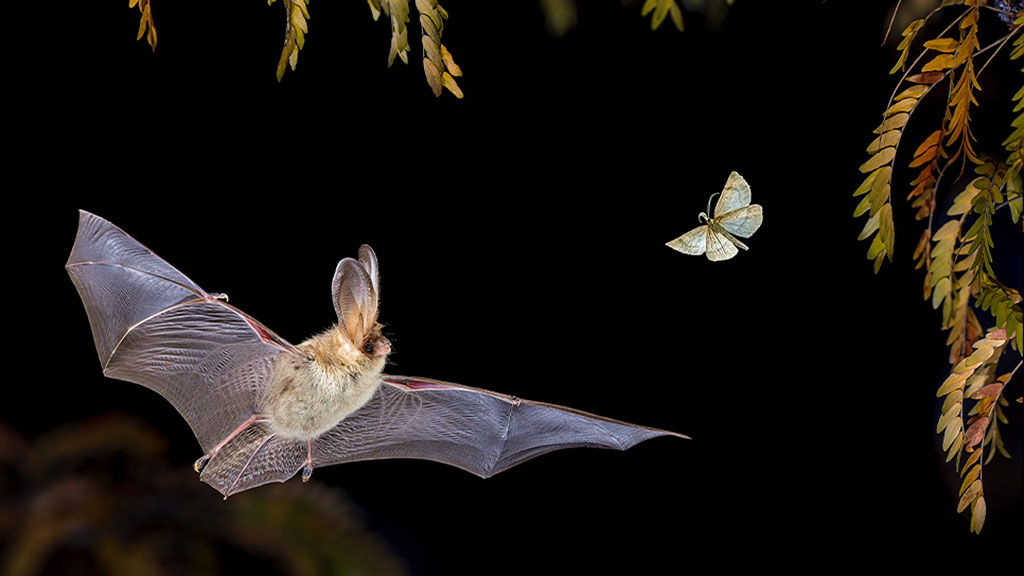Bristol’s wetland secrets
As Bristol has grown from a small fort settlement to a vibrant city, many of its wetlands have been lost. But at the city’s Festival of Nature, Bristol’s muddy, marshy history is surfacing for one weekend.

Running right through the heart of the city, the River Avon is beloved by Bristolians. Someone even married it!
But underneath the cobbles we love to hate (sorry, ankles), wetland secrets are hiding. And this June, WWT, the charity for wetlands and wildlife, will bring a slice of Bristol’s marshy past to life by creating a pop-up wetland in Millenium Square for the city’s Festival of Nature.
Bristol’s infancy and wetlands
Wetlands have been at the heart of communities for thousands of years, and Bristol is no exception. In fact, there are many spots in the city centre with a marshy past.
Picture the scene: mist rising from the banks of the Avon, reeds rustling on the marshes, maybe the boom of a bittern echoing across the water. Perhaps a vole or an otter splashing around a steep bank.
This was Bristol in the Middle Ages, as much of the city centre we know today was marshland – flooding at high tide and providing a habitat for all sorts of wildlife.
In fact, much of the land outside the old city walls was marshland – including what is now Queen’s Square.
A changing city
Over the years, Bristol has grown from a fort settlement to the vibrant city it is today. And as the city changed, its wetlands changed too.
In the 1240s, the River Frome was re-routed to make way for more landing places for ships, reflecting Bristol’s increasing trade at the time in wine, leather, and cloth.
500 years later, Town Clerk John Romsey had debts – big ones. His solution: selling off building plots on ‘The Marsh’ and collecting ground rent to pay off what he owed. The Marsh was buried and built on, and the resulting buildings became Queen’s Square. The Square gets notoriously large puddles when it rains – if you’ve ever walked through it in a downpour, you’ve got the buried marsh to thank for your ruined trainers.
The following century, during the Industrial Revolution, more of Bristol’s marshes were built over. Chimneys went up and shipyards grew as Bristol became increasingly industrialised.
Ghost names
But those marshes like to hang around. The place names – areas and streets – of Bristol echo its past, helping us remember these lost places and bring them to life.
The first – and most obvious – is St Philip’s Marsh. This land bordering the Avon to the east of the city was once used for grazing livestock. During the winter and high tide, much of this area would have been underwater.
‘Canon’s Marsh’ is an older name for the area stretching from the south of Bristol Cathedral to the Avon, encompassing Millenium Square and Lloyd’s Amphitheatre. This marsh was owned by St Augustine’s Abbey (now Bristol Cathedral) – ‘Canon’ means priest.
The street name ‘Marsh Lane’ also signifies where marshes would have once been found. There’s a few dotted around Bristol, so next time you spot one, be sure to remember that place’s watery past.
Cherishing what we have
And while much of Bristol’s wetlands have been lost – we can continue to cherish and connect to what’s left, whether that’s watching the sun sparkle on the Avon, rejoicing in the return of otters, or experiencing Canon’s Marsh coming alive again with WWT’s pop-up wetland.
Come and experience the sights and sounds of this lost wetland at the Festival of Nature, 14-15 June in Bristol’s Millenium Square.
Find out more


